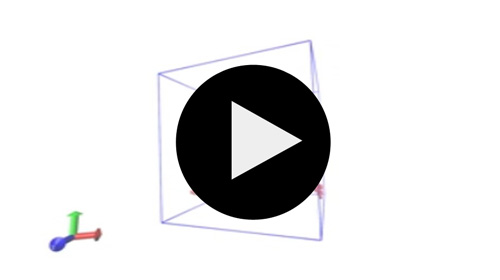Subproject A.8
Agglomeration of Nanosized Particles in Turbulent Flows
What affects the growth of nanoparticle agglomeration? How can this be quantified?
Nanosized particles are increasingly being utilized in many modern industrial products and processes, due to their unique nanoscale properties. A significant part of nanoscale particles are manufactured in flame reactors and they often are agglomerates of nanoparticles. Agglomeration is a process whereby particles collide due to their relative motion. Agglomeration may or may not be a desired process, and therefore the control of agglomeration is necessary, and a detailed analysis of the relative motion of the particles within a fluid needs to be conducted.
The process of agglomeration can be quantified by a collision frequency. The collision frequency is a function of the shape (fractal dimension) of the particles and depends primarily on Brownian motion, turbulent transport, particle size, particle number density and the properties of the carrier fluid. The objective of this subproject is to find the functional dependence of the fractal dimension on these parameters.
Further information about this subproject
|
| See Full Size Video |


